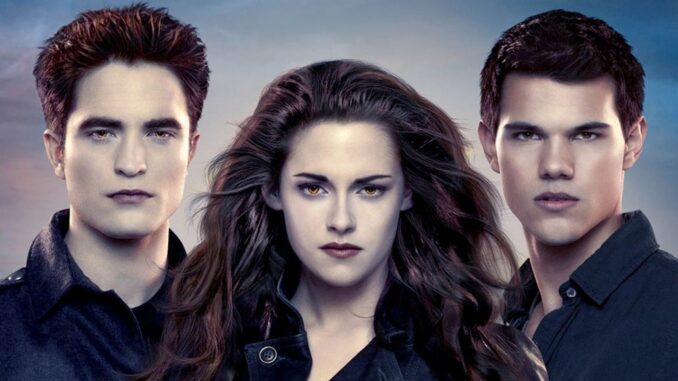
The Glittering Revival: When Twilight Sparkled Anew
The air in the cinema lobby crackled with an energy that felt both familiar and strangely new. It wasn’t the usual hum of anticipation for a fresh blockbuster; this was something deeper, a collective thrum of nostalgia echoing through the hallowed halls of multiplexes nationwide. Twenty years after its initial, paradigm-shifting release, The Twilight Saga had returned to the big screen, not as a forgotten relic, but as a glittering phoenix, drawing its original disciples—and a new generation of curious onlookers—back into its mist-shrouded, vampire-laden embrace. And as the reports rolled in, from bustling metropolitan cineplexes to suburban theaters packed to the rafters, it became clear: this wasn’t just a re-release; it was a cultural homecoming, a sacred pilgrimage for a fandom that never truly faded.
To step into one of these packed theaters was to witness a fascinating cross-section of pop culture history. The audience was a symphony of sighs and hushed giggles, dominated by women now in their late twenties, thirties, and even forties, many of whom had been impressionable teenagers when Bella Swan first navigated the perilous waters of Forks, Washington. They arrived not just as moviegoers, but as celebrants. Some sported subtle nods to the saga – a wolf charm bracelet, a green peacoat, the faintest hint of silver glitter on their eyelids. Others wore their fandom on their sleeves, literally, with Team Edward or Team Jacob t-shirts, reminiscent of the fervent, playground-level debates that once split lunch tables. This wasn’t merely a viewing; it was a reunion, an opportunity to revisit a seminal chapter of their own adolescence, now seen through the prism of two decades of lived experience.
The power of this return wasn’t just in the projected images, but in the collective experience. When Edward Cullen first appeared, shimmering under the cafeteria lights, a unified gasp swept through the theater—a knowing, delighted acknowledgement of the moment that launched a thousand crushes. Lines of dialogue that were once whispered in school hallways were now met with communal laughter and cheers. The infamous baseball scene, with its gravity-defying choreography and Muse soundtrack, transformed the cinema into a stadium of shared joy. It was a visceral reminder that some stories, no matter how much they’re parodied or critically dissected, lodge themselves deep within the cultural psyche, becoming touchstones against which we measure our own growth.
But why now? Why, in an era of endless streaming options and instant gratification, would fans choose to leave their couches for a story they could access anytime? The answer lies in the profound connection between popular culture and personal identity. For many, Twilight was more than a series of books and films; it was a gateway to understanding first love, navigating intense emotions, and exploring the allure of the forbidden. Its return to cinemas wasn’t about seeing something new, but about experiencing something old in a new way – together. It validated their past passions, solidified their sense of belonging to a tribe, and offered a rare opportunity to collectively bask in the warm glow of a shared, formative memory. The packed theaters were a testament not just to the endurance of the Twilight phenomenon, but to the enduring human need for communal storytelling, for shared emotional journeys that transcend the screen and knit us closer together.
As the credits rolled, and the familiar strains of “Flightless Bird, American Mouth” filled the space, there was a palpable sense of contentment. Fans lingered, exchanging knowing glances, a silent acknowledgement of the magic that had been reignited. The Twilight Saga‘s 20th anniversary return to cinemas was more than a lucrative re-release; it was a cultural event that underscored the enduring power of nostalgia, the unshakeable loyalty of fandom, and the unique, irreplaceable joy of experiencing a beloved story not just through a screen, but within the hallowed, communal space of a packed theater. The glitter, it seems, never truly fades; it just waits for the right moment to sparkle anew.
